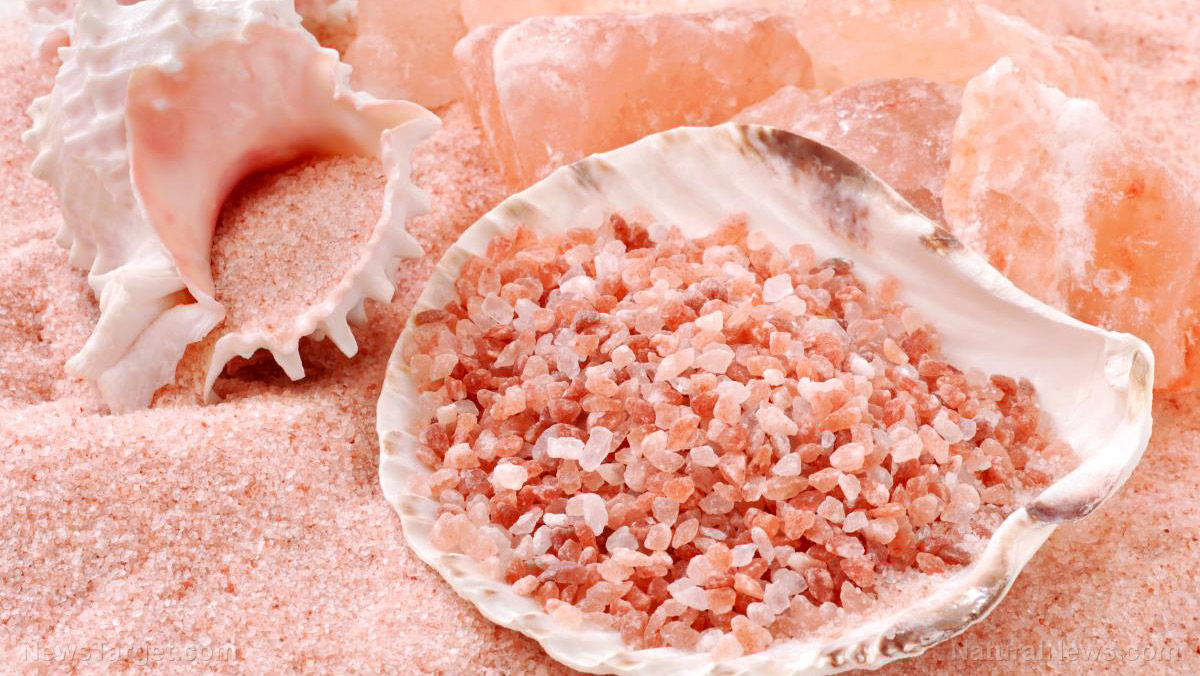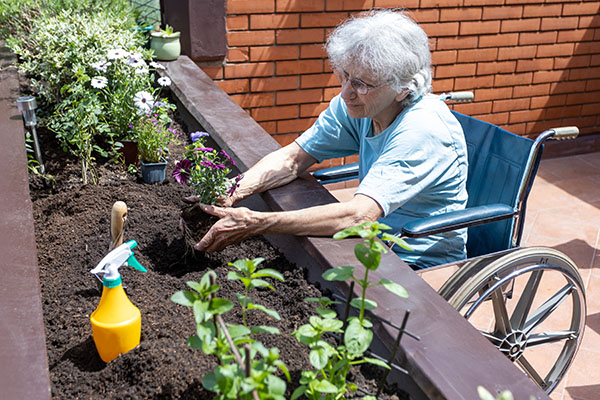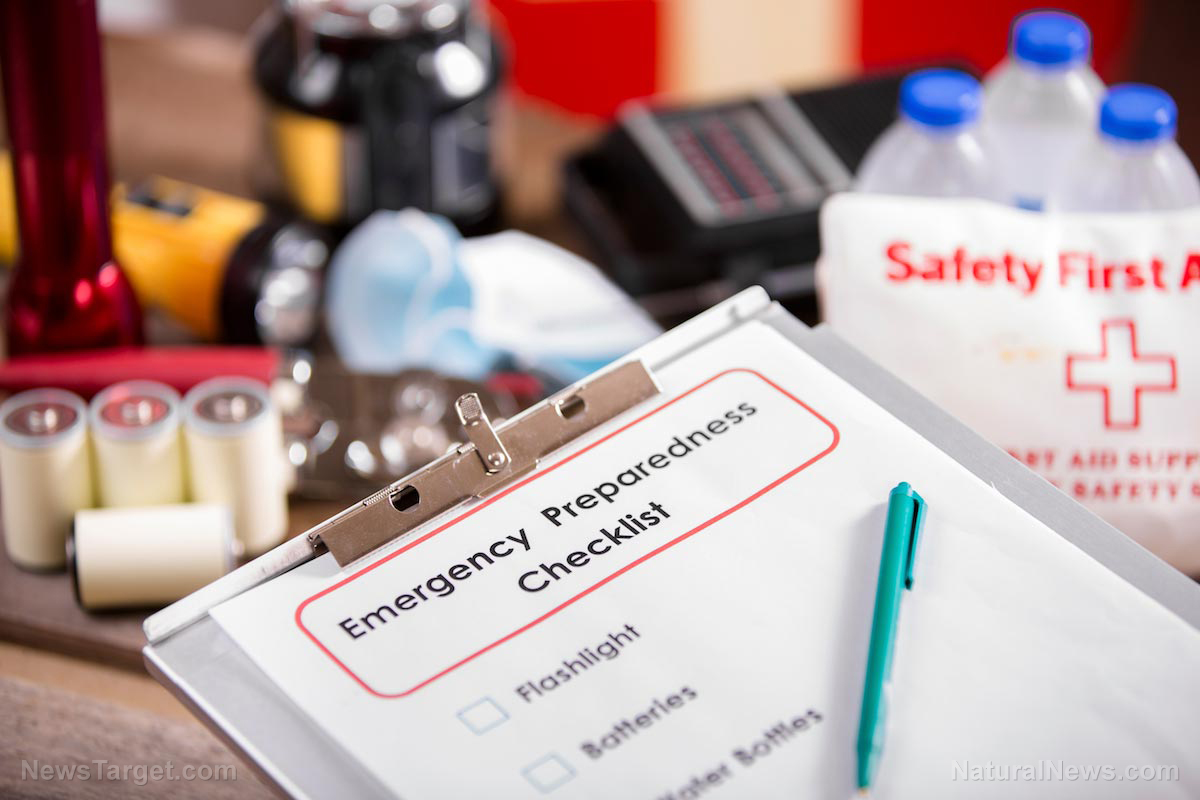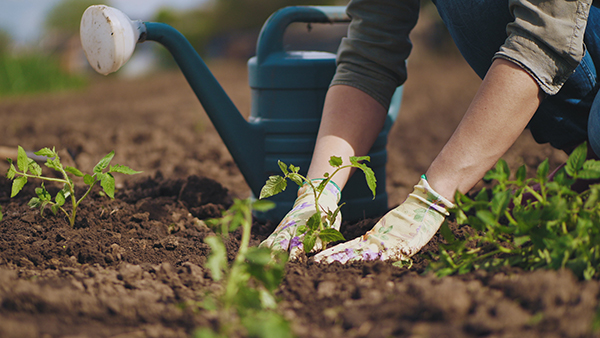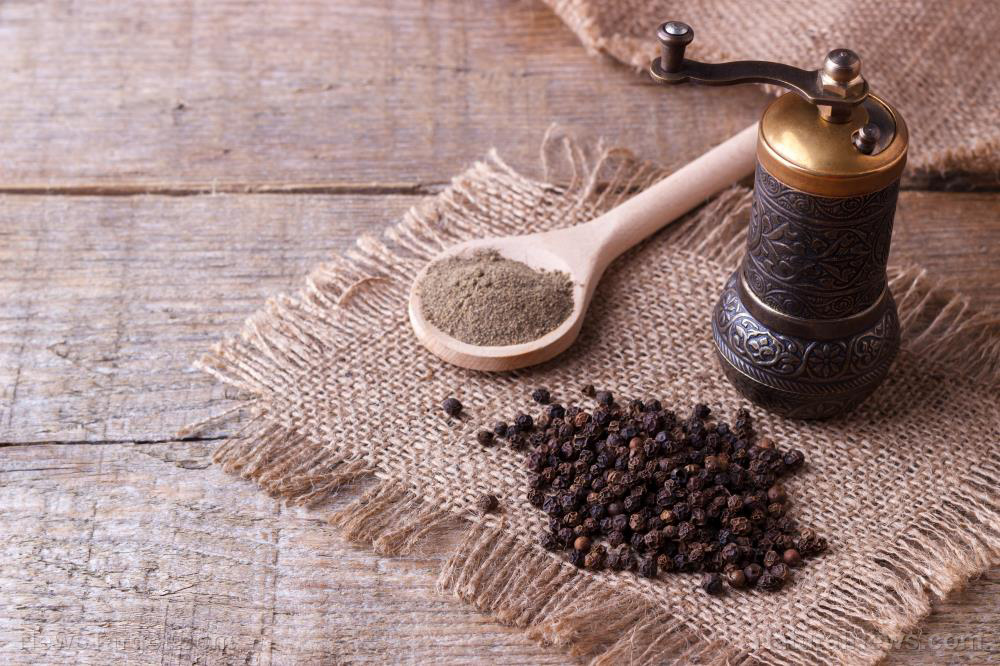An essential guide to storing organic foods for survival
04/05/2024 / By Zoey Sky

Many non-preppers who want to start storing food for their survival stockpile often wonder how to begin. If you’re one of them, keep things simple and start small, so you don’t get overwhelmed.
Prepare for the next big one now and stock up on essential survival food supplies, like organic canned food or food buckets with beans and grains. (h/t to TheSurvivalMom.com)
Don’t get overwhelmed: Start small
Start with a manageable goal, like preparing one week’s worth of food. Next, try planning for the most likely scenarios in your neighborhood, like a power outage or a blizzard.
To keep the list manageable, only include items that your family likes to eat so nothing goes to waste. You should also avoid buying things that require refrigeration once opened, like mayonnaise.
One week’s worth of food, or about twenty-one full meals, that your family will eat and doesn’t require refrigeration is the ideal starting point for a newbie prepper who wants to try food storage.
Because power outages are one of the most common survival scenarios, start thinking of ways you can prepare and store food without power. Consider getting a solar oven or a small gas stove so you can still cook even without electricity.
Alternatively, you can build a fire outdoors so you can cook. (Related: Unlocking the mastery of bucket food storage: Essential for complete preparedness.)
Start a meal plan
Use either a pen and notebook or a computer program like Excel to lay out your meal plan. Create columns to track each day and rows for each meal. You can also include snacks and drinks.
Before SHTF, learn how to meal plan using a system that works for you.
Breakfasts that are easy to prepare include peanut butter, chicken sandwiches, or soup with bread for lunch. Some dinner suggestions include chili, chicken fried rice, pasta with chicken and vegetables, rice and beans, spaghetti, tortellini soup and taco soup.
Quick snacks include nuts, dried fruit and common pantry items like cheese crackers.
For drinks, stock up on one gallon of water per person then add beverages like dry milk, drink powder, coffee, or tea.
Write a grocery list
After you decide on the dishes for your meal plans, check each one and make a grocery list of what you would need for that week’s worth of food. Don’t forget to include seasonings for the meals and ingredients for bread.
Keep in mind your individual family members’ food and drink preferences while you plan your meals so you only buy items that everyone won’t mind eating a lot of after SHTF.
List the food item you need to stock up on and the minimum amount you have as a goal. You can either buy the amount of a food item you need all at once or spread it across several smaller purchases so you don’t have to shell out a lot of money in one go.
Look for sales and discounts
Try not to pay for items at full price. To save more money, check which stores offer promos and sales on items that you need for your stockpile.
It can take you a week or at least one month to buy all items, depending on how many items you buy and if you buy them when there is a sale. Note that most sales usually happen around major holidays.
Where to get storable organic food for your survival stockpile
The Health Ranger Store is committed to helping you prepare your stockpile before disaster strikes, which is why we’re proud to introduce items like the Ranger Bucket Set – Organic Emergency Storable Food Supply and Organic Goji Berries.
The Ranger Bucket Organic Emergency Storable Food Supply is the world’s first emergency food supply that’s certified organic and laboratory-verified. All the food items are organic, non-GMO, laboratory tested for heavy metals and completely free of chemical ingredients such as MSG or preservatives.
All these products can be stored for up to 10-15 years, depending on storage conditions.
The Ranger Bucket Organic Emergency Storable Food Supply offers great value for money and includes items such as:
Bucket A23/A24/A26 (minimum of 278 servings per pail):
- Organic Almonds (0.5 LB,226g)
- Organic Baby Lima Beans (2LB,907g)
- Organic Black Beans (2LB,907g)
- Organic Brown Flax Seed (2LB, 907g)
- Organic Cashew (0.5 LB,226g)
- Organic Long Grain Brown Rice (3LB, 1360g)
- Organic Millet (2LB, 907 g)
- Organic Red Lentils (2LB,907g)
- Organic Rolled Oats (2LB,907g)
Bucket B17/B19 (minimum of 258 servings per pail):
- Himalayan Salt (1LB, 454g)
- Organic Adzuki Beans (2LB, 907g)
- Organic Amaranth (2LB, 907g)
- Organic Black Chia Seeds 12 oz (340g)
- Organic Black Eyed Peas (15oz, 425g)
- Organic Coconut Sugar (2LB, 907g)
- Organic Dark Red Kidney Beans (2LB, 907g)
- Organic Dry Milk Powder (Non-Fat) (0.5 LB, 226g)
- Organic Pinto Beans (2LB,907g)
- Organic White Quinoa (2LB, 907g)
- Organic Yellow Popcorn (2LB, 907g)
Health Ranger Select Organic Goji Berries contain no gluten or GMOs and are also extensively lab-tested for glyphosate, heavy metals and microbes.
These premium goji berries are also vegan, non-irradiated and certified organic. The small, red berries are produced by the Lycium barbarum plant, a member of the nightshade (Solanaceae) family.
Rich in nutrients, goji berries have a sweet, tangy flavor that makes them a highly versatile ingredient. Since they taste like cranberries, goji berries can be used in pies, sauces, dips, salsas and soups.
Goji berries take on a nutty flavor when dried. You can boil the berries to make goji berry tea or blend them into shakes and smoothies. You can also sprinkle them like raisins on top of cereal or oatmeal.
Alternatively, you can simply eat raw goji berries straight out of the bag.
Go to EmergencyFood.news for more articles with tips on how to get your survival stockpile started. You can also check out Health Ranger Store and Brighteon Store for more clean food supplies.
Watch the video below to learn more about the health benefits of Organic Black Beans.
This video is from the Health Ranger Store channel on Brighteon.com.
More related stories:
HRS solutions: Must-have survival drinks for your pantry.
Sprouts: Your perfect emergency preparedness food choice.
HRS SOLUTIONS: Stock up on organic non-fat milk powder, a long-lasting source of essential nutrients.
Sources include:
Submit a correction >>
Tagged Under:
canned food, emergency food, emergency stockpile, emergency supplies, food buckets, food freedom, food independence, Food storage, food supply, homesteading, how-to, nutrients, off grid, organic food, preparedness, prepper, prepper pantry, prepping, prepping stockpile, SHTF, survival, survival stockpile, tips
This article may contain statements that reflect the opinion of the author
RECENT NEWS & ARTICLES
COPYRIGHT © 2017 PREPAREDNESS NEWS

